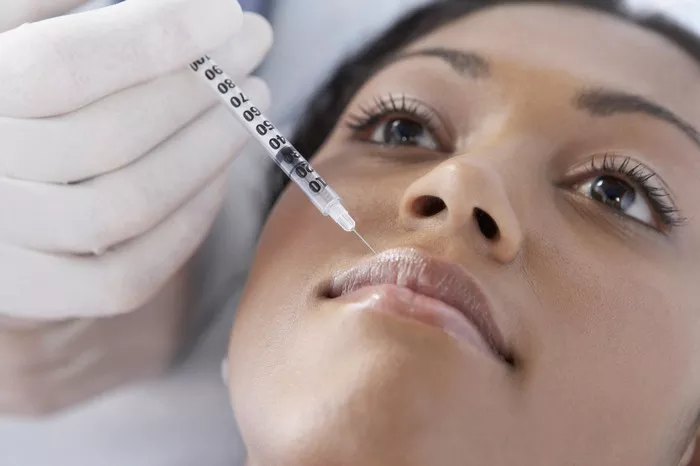Botox, a brand name for botulinum toxin type A, is a popular cosmetic treatment used to reduce the appearance of wrinkles and fine lines. While commonly associated with treating dynamic wrinkles in the forehead and crow’s feet, Botox can also be used around the mouth to address specific concerns such as vertical lip lines or “smoker’s lines.” If you’re considering getting Botox around the mouth, one question you may have is how long the effects of the treatment will last. In this article, we’ll explore the duration of Botox around the mouth and other important considerations.
Understanding Botox
Before discussing the longevity of Botox around the mouth, it’s important to understand how the treatment works. Botox is a neurotoxin that temporarily paralyzes the muscles responsible for creating facial expressions. By injecting Botox into targeted areas, it prevents the muscles from contracting, thereby smoothing out wrinkles and lines.
When used around the mouth, Botox can reduce the appearance of vertical lip lines or “smoker’s lines,” which are caused by repetitive muscle movements such as pursing the lips, smoking, or drinking from straws. By relaxing the muscles in this area, Botox can help soften the lines and create a smoother, more youthful appearance.
Duration of Botox Around the Mouth
The duration of Botox around the mouth can vary from person to person. On average, the effects of Botox typically last between three to four months. However, this can vary based on individual factors, including:
Metabolism: The speed at which your body metabolizes Botox can affect how long the results last. Individuals with a faster metabolism may notice the effects of Botox wearing off more quickly compared to those with a slower metabolism.
Dosage: The amount of Botox administered can also impact its longevity. The dosage will depend on various factors, including the severity of the lines, the desired outcome, and the recommendations of your healthcare professional. Higher doses may provide longer-lasting results.
Muscle Strength: The strength and activity of the muscles around the mouth can influence how long Botox lasts. Individuals with stronger muscles may require more frequent treatments to maintain the desired results.
Individual Response: Every person’s body reacts differently to Botox. Some individuals may experience longer-lasting effects, while others may notice the effects wearing off sooner.
Maintaining Results
To maintain the results of Botox around the mouth, it is generally recommended to schedule follow-up treatments as needed. It is important to consult with a qualified healthcare professional who can assess your individual needs and recommend an appropriate treatment plan.
During your consultation, your healthcare professional will evaluate the severity of your vertical lip lines, discuss your desired outcome, and create a customized treatment plan. They will also provide guidance on when to schedule follow-up treatments to maintain the desired results.
It’s worth noting that consistent and regular treatments can help optimize the longevity of Botox. Some individuals may find that with regular treatments over time, the muscles in the treated area become weaker, requiring fewer injections or less frequent touch-ups.
Other Considerations
While Botox is generally safe and effective when administered by a qualified healthcare professional, there are a few important considerations to keep in mind:
Temporary Nature of Results: Botox provides temporary results, and its effects will gradually fade over time. To maintain the desired outcome, repeat treatments are typically necessary.
Side Effects: Like any medical procedure, Botox injections can have potential side effects. These may include temporary bruising, redness, or swelling at the injection site. Rarely, individuals may experience headaches, flu-like symptoms, or temporary drooping of the mouth. It is important to discuss any concerns or potential side effects with your healthcare professional.
Individual Variation: As mentioned earlier, individual responses to Botox can vary. Some individuals may experience faster or slower results, or the effects may wear off sooner or last longer than average.
Complementary Treatments: In addition to Botox, your healthcare professional may recommend other treatments or skincare products to complement and enhance the results. These may include dermal fillers, chemical peels, or specialized skincare regimens.
Conclusion
Botox around the mouth can be an effective treatment for reducing the appearance of vertical lip lines or “smoker’s lines.” While the duration of Botox varies from person to person, the effects typically last between three to four months on average. Factors such as metabolism, dosage, muscle strength, and individual response can influence the longevity of the treatment. To maintain the desired results, follow-up treatments are generally recommended as needed. Consulting with a qualified healthcare professional is crucial to ensure safe and effective treatment and to discuss any concerns or questions you may have.


